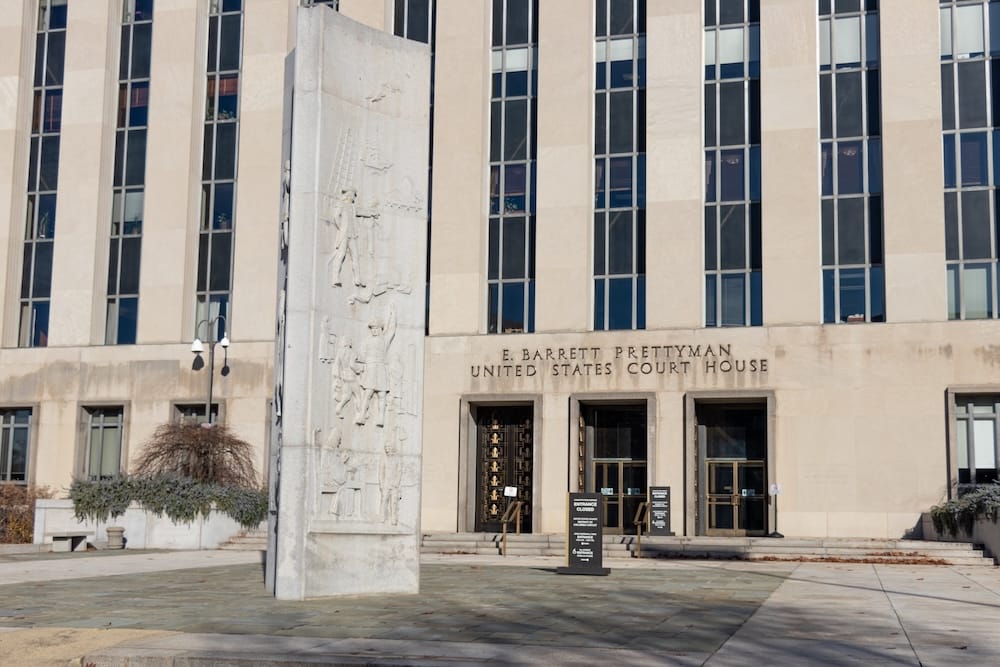

Victory for Trump in Federal Union Policy
On May 17, a significant decision was handed down by the Court of Appeals for the District of Columbia Circuit, marking a win for the Trump administration. In a 2-1 ruling, the court overturned a lower court injunction that had previously blocked an executive order aimed at limiting collective bargaining rights for workers at over a dozen federal agencies. This ruling allows the administration to move forward with its plan, which it has argued is necessary on national security grounds.
The original injunction, issued by Judge Paul Friedman of the District Court for the District of Columbia, had sided with the National Treasury Employees Union, which challenged the executive order. The appeals court's decision represents a pivotal moment in the ongoing debate over the balance between federal employee rights and administrative authority.
Details of the Executive Order and Legal Challenge
The executive order in question, signed by President Donald J. Trump, seeks to streamline operations within federal agencies by curbing certain union activities. The administration has maintained that such measures are critical to ensuring efficiency and protecting national interests. This policy affects thousands of federal workers across multiple agencies, reshaping how labor negotiations are conducted.
The National Treasury Employees Union, representing a significant portion of these workers, filed a lawsuit to halt the implementation of the order, arguing it undermines long-standing labor protections. Judge Friedman’s initial ruling supported the union’s position, but the appeals court found the administration’s arguments more compelling, focusing on the broader implications for governmental operations.
Court's Rationale and Implications
In its majority opinion, the appeals court emphasized that the executive branch has the authority to enact policies it deems necessary for national security and operational efficiency. The 2-1 decision highlighted a belief that the executive order falls within the scope of presidential powers to manage federal workforce policies. This perspective aligns with the administration’s stance on prioritizing streamlined governance.
This ruling could set a precedent for future disputes over federal labor policies, potentially reshaping the landscape of union activities within government agencies. It underscores the administration’s commitment to reforming federal operations, even in the face of significant opposition from employee representatives.
For now, the path is clear for the Trump administration to implement its directive, though further legal challenges may arise as unions regroup to protect their members’ interests. The decision reinforces the administration’s focus on maintaining control over federal workforce dynamics, a key aspect of its broader policy agenda.
Reactions and Next Steps
While specific reactions from union leaders or administration officials were not widely detailed in the immediate aftermath of the ruling, the decision is likely to stir significant discussion among federal employees and their representatives. The National Treasury Employees Union may consider further appeals or alternative strategies to safeguard collective bargaining rights.
As this policy moves forward, its impact on federal workers and agency operations will be closely monitored. The Trump administration views this as a necessary step to enhance governmental efficiency, and this court victory strengthens its position in pursuing such reforms. This development is a clear signal of the administration’s resolve to address longstanding issues within the federal workforce structure.
Dues are $12 per year. Member benefits:
✅ Ad-Free Website Viewing
✅ Advocacy for Republican Seniors
✅ 120+ Senior Discounts
✅ Member Only Newsletters